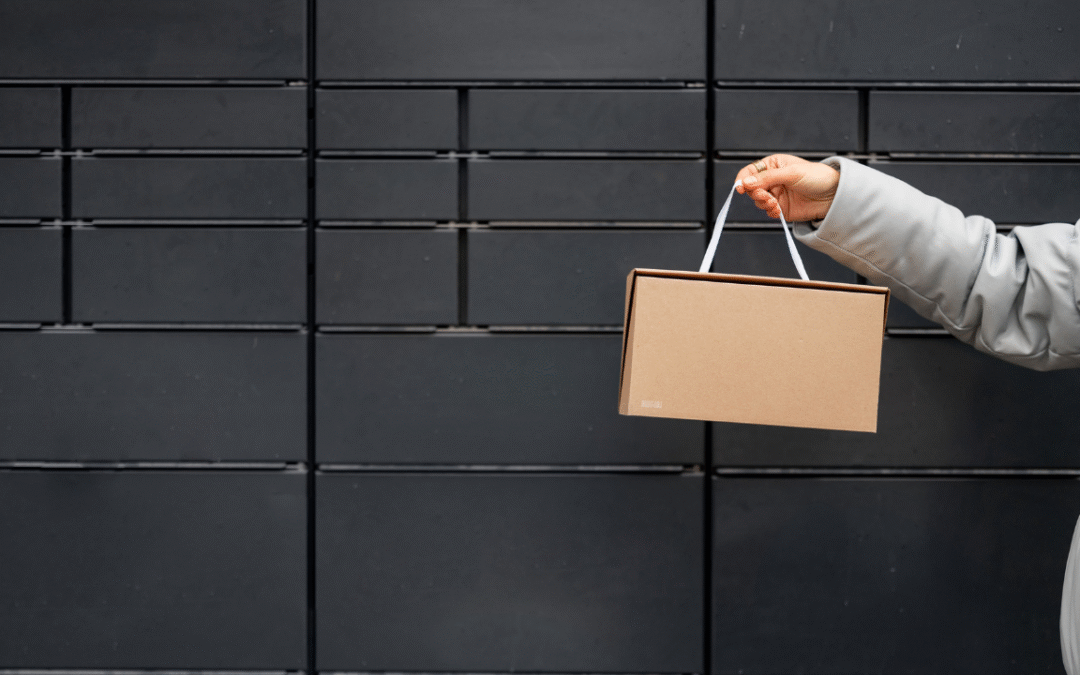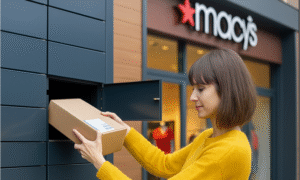The direct-to-consumer (D2C) model has transformed the retail landscape. Brands now bypass traditional middlemen to sell directly to customers, gaining greater control over pricing, branding, and customer relationships.
However, as D2C has evolved, so too has one of its biggest challenges – last-mile delivery. Consumers demand same-day delivery, easy returns, and a flawless experience. For growing brands, balancing customer expectations with logistics costs can quickly erode profits.
That’s where smart locker technology comes in. By offering secure, 24/7 access points for pick-up and returns, lockers are redefining how D2C brands approach fulfilment and customer convenience.
The Last-Mile Problem for D2C Brands
The final stage of order delivery – from distribution centre to doorstep – is often the most expensive and unpredictable.
- Failed deliveries lead to higher costs and poor customer satisfaction.
- Missed drop-offs or theft can damage brand trust.
- Limited delivery time slots reduce flexibility for customers.
For D2C brands that rely heavily on reputation and repeat purchases, this last-mile friction can have major long-term impacts.
Smart Lockers: The New Standard for Convenience
Smart lockers are secure, automated compartments where couriers or brand teams can deposit parcels. Customers then receive a digital code or mobile app notification to retrieve their package anytime – day or night.
Key benefits include:
- 24/7 accessibility: Customers can pick up or return items whenever they want.
- Contactless convenience: Safe, no-touch delivery enhances trust and hygiene.
- Reduced costs: Fewer failed deliveries mean less operational waste.
- Centralised hubs: Brands can consolidate multiple deliveries to one locker bank.
For D2C operations, these advantages translate to lower costs, happier customers, and faster turnaround on returns.
How Smart Lockers Strengthen D2C Brand Experience
Unlike third-party courier experiences, smart lockers let D2C brands retain control over every step of delivery. They can:
- Offer branded locker designs with custom colours and logos.
- Send personalised notifications through the brand’s own app.
- Collect data on delivery speed, customer preferences, and pickup times.
This transforms a purely functional step – receiving a package into another branded customer experience that reinforces loyalty.
Real-World Use Cases
- Click-and-Collect Campaigns:
Brands can position lockers in malls, offices, and universities to support same-day pick-up for local buyers. - Reverse Logistics:
Returns are simplified – customers drop items in lockers and the brand retrieves them in batches. - Subscription Models:
D2C brands offering weekly deliveries (e.g., wellness kits, beauty boxes, pet supplies) can use lockers to streamline distribution. - Temperature-Controlled Fulfilment:
For food, meal kits, or pharmaceuticals, refrigerated lockers ensure freshness and compliance.
Smart Lockers as a Profitability Driver
Locker systems significantly reduce delivery overheads by:
- Cutting last-mile kilometres per delivery route.
- Lowering customer service costs due to fewer “where’s my order?” queries.
- Improving customer retention through reliability and speed.
For growing D2C players, this operational edge can be the difference between a profitable scale-up and unsustainable delivery costs.
Implementation Blueprint for D2C Success
- Audit current fulfilment data and identify regions with high delivery failure rates.
- Deploy lockers in those areas as pilot hubs.
- Integrate locker software with your e-commerce and logistics platforms.
- Promote the new pick-up option through emails, social media, and website banners.
- Measure performance: cost per delivery, locker usage, and customer satisfaction scores.
Conclusion
In today’s D2C economy, customer expectations and logistics pressures are only increasing. Smart lockers bridge that gap, giving brands the power to offer faster, safer, and more convenient delivery experiences – all while optimising operational costs.
With the right strategy, D2C brands can turn their last-mile challenge into a loyalty-building advantage and smart lockers are the key.




